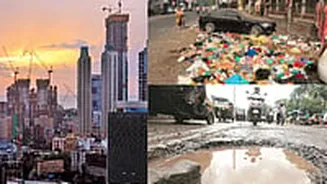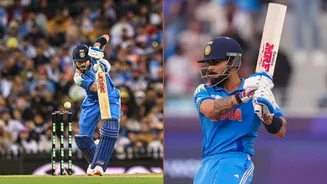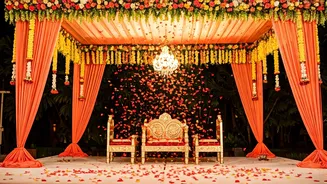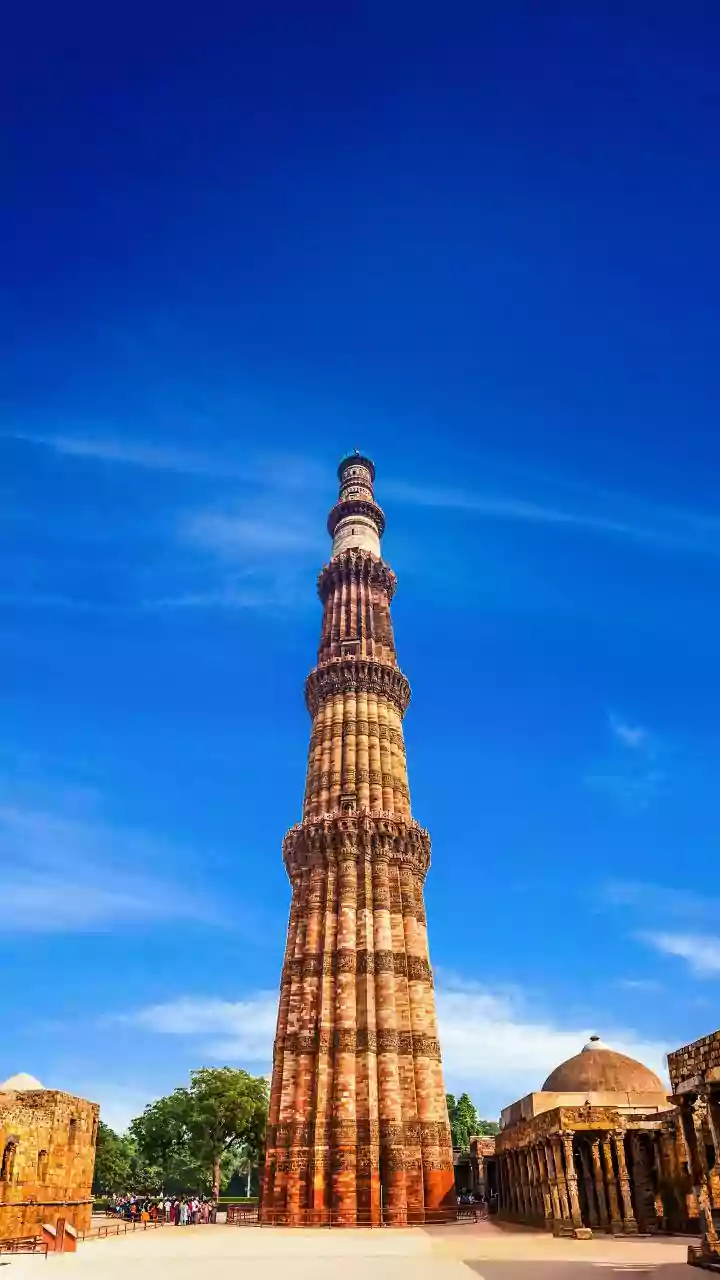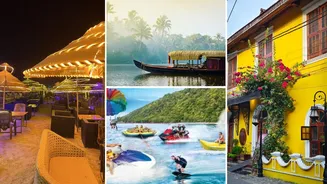Cultural Foundation of Prestige
Delhi's preeminence in luxury stems from its deep-rooted cultural significance. The city's historical importance and rich heritage provided a fertile ground
for the evolution of a unique luxury market. The foundation of Delhi's prestige involved more than just wealth; it was intertwined with a specific cultural landscape that set the stage for its future growth. This cultural context was crucial in shaping the city's identity and its allure for luxury brands and consumers alike. The presence of historical monuments, artistic traditions, and a refined social etiquette gave Delhi a certain elegance and sophistication. This cultural heritage played a crucial role in the city's ability to attract and sustain a luxury market, setting it apart from other Indian cities, with Delhi becoming a symbol of opulence and high-end living.
Unique City Characteristics
No other city in India could replicate Delhi's luxury landscape due to its unique combination of factors. Delhi's urban planning, historical significance, and diplomatic ties played distinct roles. The city’s carefully constructed infrastructure, notably the six-square-kilometer area planned in the 1950s, was a significant factor in shaping Delhi's luxury market. This focused area was a catalyst for attracting foreign embassies and influential figures, further solidifying the city's status. The blend of diplomatic presence, cultural richness, and strategic urban development created a synergy that was impossible to replicate elsewhere. Delhi's unique blend of culture, diplomacy, and strategic planning distinguishes it from other cities, solidifying its place as a luxury destination.
Retail Luxury Emergence
The arrival of luxury retail was a key milestone in Delhi's transformation into a luxury hub. The establishment of high-end boutiques and exclusive shopping destinations signaled a shift in the city's economic and cultural landscape. This expansion was not just about providing luxury goods but also about creating a lifestyle experience that matched the city’s aspirational image. The influx of international brands and designer labels enhanced Delhi’s attractiveness to affluent consumers. The retail luxury boom reflected the city's burgeoning middle and upper classes, who were keen on embracing global trends. The availability of luxury retail options further solidified Delhi's reputation as a premium destination. These exclusive retail experiences catered to the evolving tastes of a sophisticated customer base, which contributed to Delhi's rise as India's luxury capital.
Diplomacy: Delhi's Blueprint
Delhi's luxury market was born out of diplomatic planning. The presence of international embassies and diplomatic missions shaped the city's development and its image of prestige. This diplomatic influence attracted wealthy individuals, international retailers, and a global cultural exchange. The concentration of diplomatic personnel and the associated globalized lifestyle increased the demand for high-end services and products. This diplomatic blueprint included strategic decisions about urban planning, infrastructure, and amenities, designed to cater to an international population. The diplomatic community and its lifestyle played a significant role in creating a luxury market. The diplomatic influence created a sophisticated consumer base that drove the growth of Delhi's luxury sector.
Rare Real Estate Development
Delhi's real estate market became highly sought after due to diplomatic influence. The strategic focus on a six-square-kilometer area in the 1950s was crucial in establishing prime locations for high-end residences and commercial spaces. This planning created a premium environment for luxury properties. The diplomatic community and other affluent groups wanted exclusive living spaces and contributed to a surge in demand for high-end properties. The city’s real estate became a symbol of status and wealth. The strategic real estate planning, in turn, established Delhi as a luxury destination. These developments catered to an elite class, driving up real estate values and fostering an aura of exclusivity. This approach cemented Delhi's position as a luxury destination, attracting both residents and investors.
Luxury Consumption in Delhi
Delhi's consumption patterns have been a key indicator of its position as a luxury destination. The city's affluent population, fueled by diplomatic influence and rising wealth, has embraced luxury goods and services. High-end retail, fine dining, exclusive travel, and personalized services have become essential components of the Delhi lifestyle. The consumption patterns in Delhi reflect a blend of international trends and local cultural influences. The emphasis on quality, exclusivity, and brand recognition has propelled the growth of the luxury market. Delhi’s culture of consumption has set it apart from other cities and contributed to its image as India's luxury capital. The city's evolving tastes and spending habits showcase its commitment to luxury.
The 6-SqKm Plan
The strategic six-square-kilometer plan, implemented in the 1950s, was critical to Delhi's luxury success. This area was thoughtfully designed to accommodate foreign embassies, upscale residences, and key government buildings, which facilitated the creation of a high-end environment. The focused planning decisions helped establish the city’s image as a center of power and prestige. This urban design attracted diplomats, international businesses, and affluent individuals. The emphasis on infrastructure, aesthetics, and exclusive amenities solidified Delhi's reputation. The 6-sq-km plan laid the foundation for the city's future, creating an environment that attracted high-end retail, luxury residences, and international brands, firmly establishing Delhi as a luxury hub.



